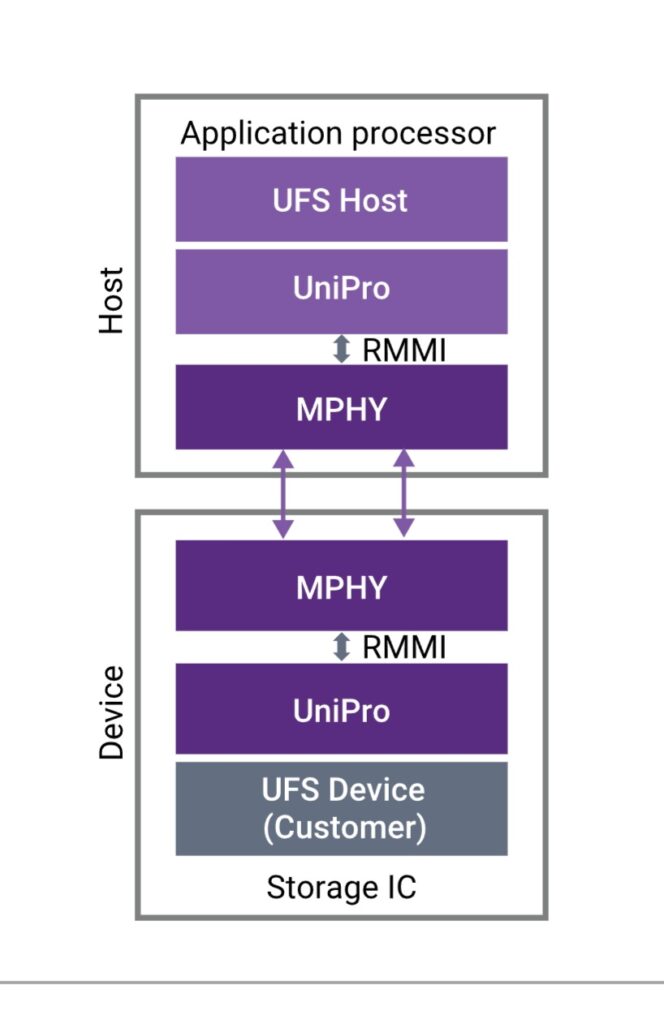
Modern smartphones use Universal Flash Storage (UFS) for faster performance and better power efficiency. For mobile technicians, understanding UFS partitions is crucial when repairing IMEI loss, FRP lock, and software corruption issues.
In this guide, we will cover:
✅ What is UFS memory?
✅ Main UFS partitions and their functions
✅ IMEI, FRP, and persist partition details
✅ How partition structures vary across devices
✅ Methods to analyze and repair smartphone partitions
Let’s dive in!
What is UFS Memory in Smartphones?
Universal Flash Storage (UFS) is a high-speed storage technology that replaced older eMMC (Embedded MultiMediaCard). It significantly improves:
✅ Read/write speeds (better app loading & system performance)
✅ Power efficiency (longer battery life)
✅ Multitasking (handles multiple operations smoothly)
UFS memory is divided into multiple partitions, each storing system data, user files, and security information.
Key UFS Partitions & Their Functions
1. Bootloader & Security Partitions
- Boot: Stores the Android kernel and RAMDisk (required for system booting).
- Recovery: Contains the recovery mode image for troubleshooting and factory reset.
- TrustZone (tz): Manages secure boot, DRM, and encryption.
2. System & OS Partitions
- System: Holds Android OS files.
- Vendor: Stores hardware-specific drivers.
- Product: Includes additional system apps and configurations.
3. User Data & Storage Partitions
- Userdata: Stores user apps, settings, and personal data.
- Cache: Holds temporary system data for performance optimization.
4. Security & Device-Specific Partitions
- FRP (Factory Reset Protection): Stores Google account lock data to prevent unauthorized resets.
- EFS & Modem Partitions: Contain IMEI and network-related data (critical for cellular functions).
- Persist: Stores calibration data for fingerprint sensors, WiFi, and Bluetooth MAC addresses.
IMEI, FRP, and Persist Partition Details
FRP (Factory Reset Protection) Partition
- Prevents unauthorized factory resets.
- Stores Google account verification data.
- Located in
frp(orpersistent/miscon some devices). - Can be reset using fastboot, ADB, or professional tools like Octoplus & UMT.
IMEI Storage in Smartphones
IMEI is stored in different partitions depending on the chipset:
✅ Samsung: efs partition.
✅ Qualcomm: modemst1, modemst2, fsg.
✅ MediaTek: NVRAM, NVDATA, protect1/protect2.
📌 Issue: If these partitions are erased or corrupted, the phone will lose network connectivity (Null IMEI, Unknown Baseband).
📌 Solution: IMEI can be restored using tools like QPST (Qualcomm), SN Writer (MediaTek), Z3X, or Chimera.
Persist Partition & Its Role
- Stores device calibration data (Fingerprint, WiFi, Bluetooth).
- If damaged, fingerprint unlocking, WiFi, and Bluetooth may stop working.
- Fix: Flash a backup persist.img to restore calibration.
Why Smartphone Partition Structures Vary?
Not all smartphones follow the same partition structure. Key differences include:
📌 Chipset Variations: Qualcomm, MediaTek, Exynos, Kirin have different partition layouts.
📌 Brand Customizations: Samsung, Xiaomi, Oppo, Vivo modify partitions for security & updates.
📌 Storage Type: UFS-based devices have more partitions than eMMC-based devices.
📌 Android Versions: Newer Android versions introduce Dynamic Partitions (Super Partition), combining system, vendor, and product.
🛠 Example:
- Samsung: Includes
omr.imgfor Knox security. - MediaTek: Uses
NVRAMfor IMEI instead ofefs. - Dynamic Partitions: Found in Android 10+ devices (no fixed system.img).
How to Analyze and Repair Smartphone Partitions?
1. Extract Partition Table
To check your device’s partition layout, run:
adb shell ls -al /dev/block/bootdevice/by-name
or
fastboot getvar all
This helps identify partition names before flashing firmware.
2. Fix FRP Lock
Use fastboot:
fastboot erase frp
or tools like Octoplus, MRT, UMT to reset FRP.
3. Restore IMEI (For Lost or Null IMEI)
✅ Qualcomm: Use QPST, QFIL tools to restore modemst1/modemst2.
✅ MediaTek: Use SN Writer, MauiMeta to write IMEI back.
4. Recover Persist Partition
If fingerprint or WiFi is not working, flash persist.img:
fastboot flash persist persist.img
or restore using TWRP Recovery.
Conclusion
Understanding UFS partitions is crucial for smartphone repair technicians. Different devices store IMEI, FRP, and calibration data in different partitions, so proper analysis is necessary before flashing firmware.
🔍 Key Takeaways:
✅ UFS storage improves performance but has a complex partition structure.
✅ IMEI is stored in efs, modemst1/modemst2, or NVRAM/NVDATA (varies by chipset).
✅ FRP protection prevents unauthorized resets (stored in frp or misc).
✅ Always check partition layouts before flashing firmware!
Need help with partition repair? Comment below, and we’ll guide you!
